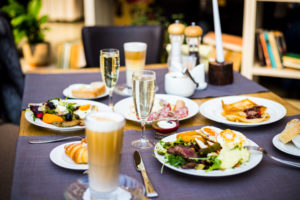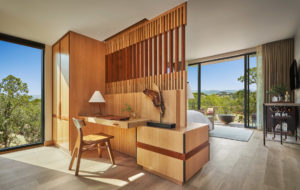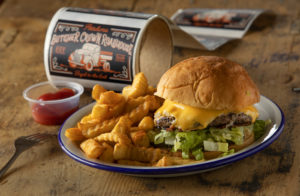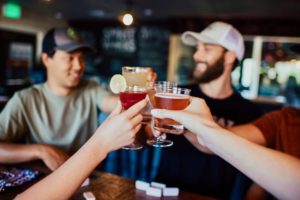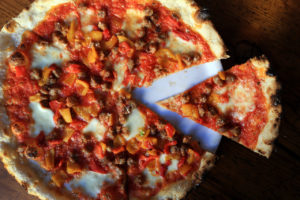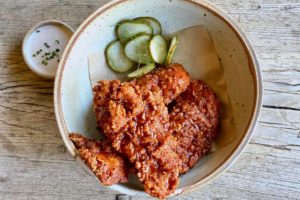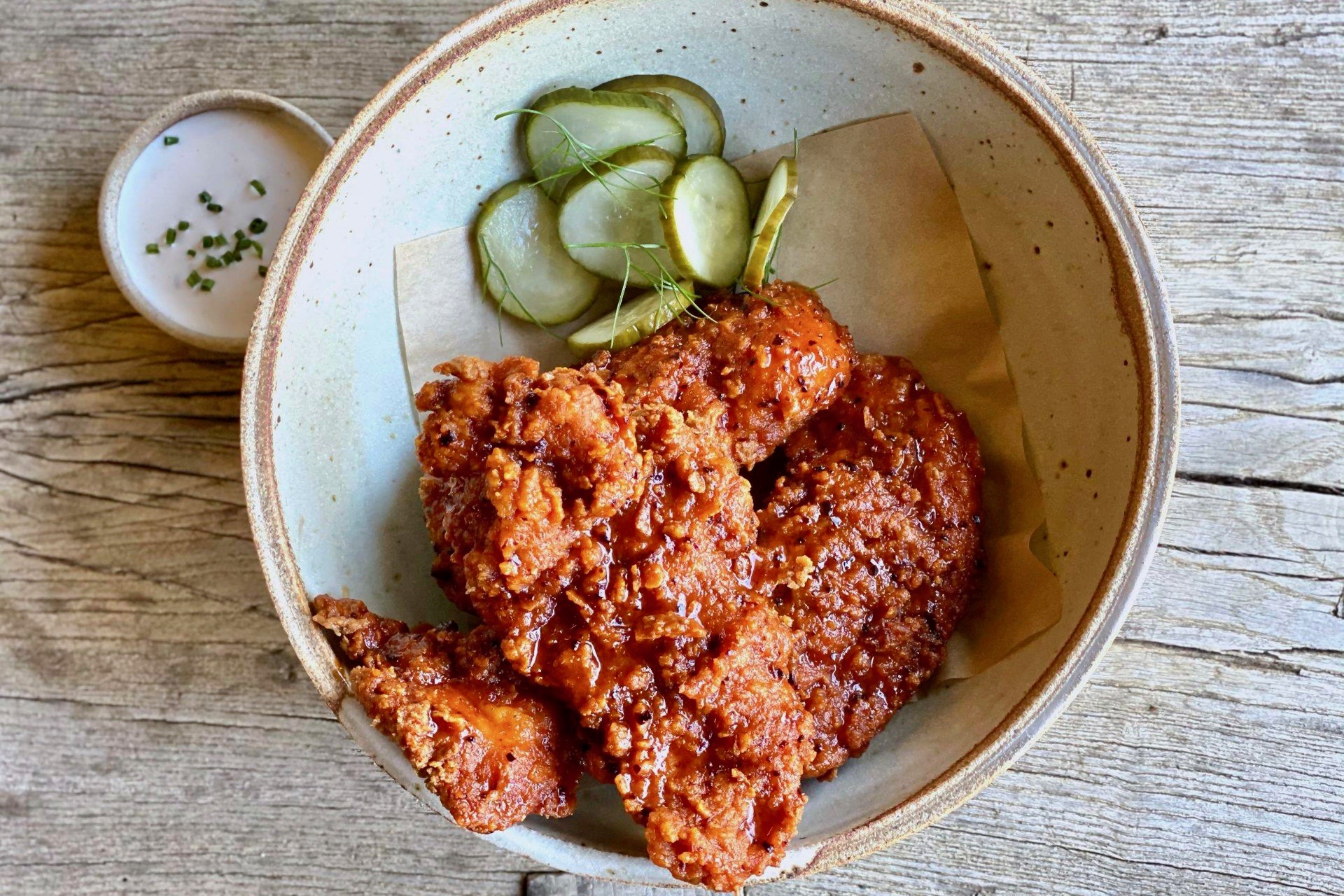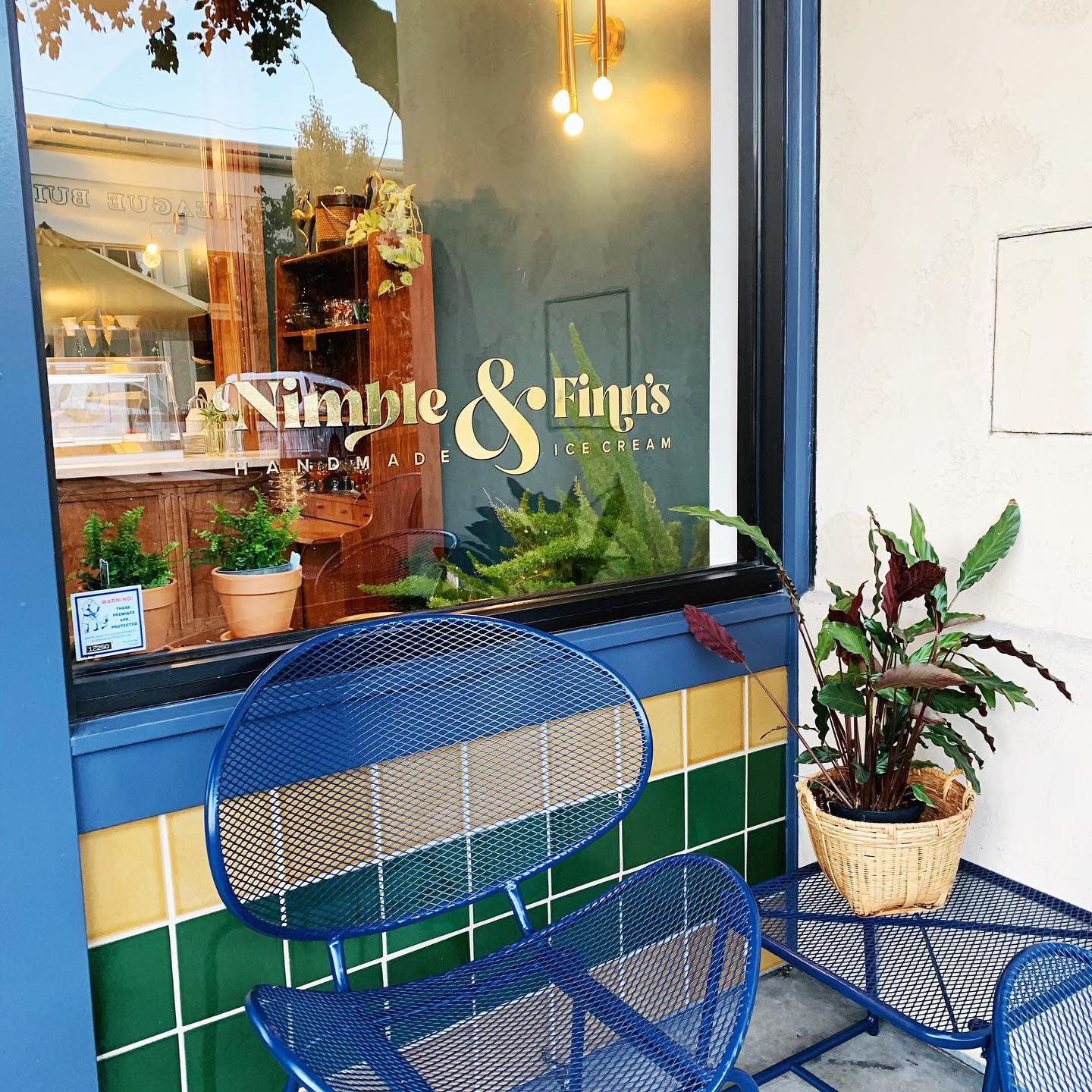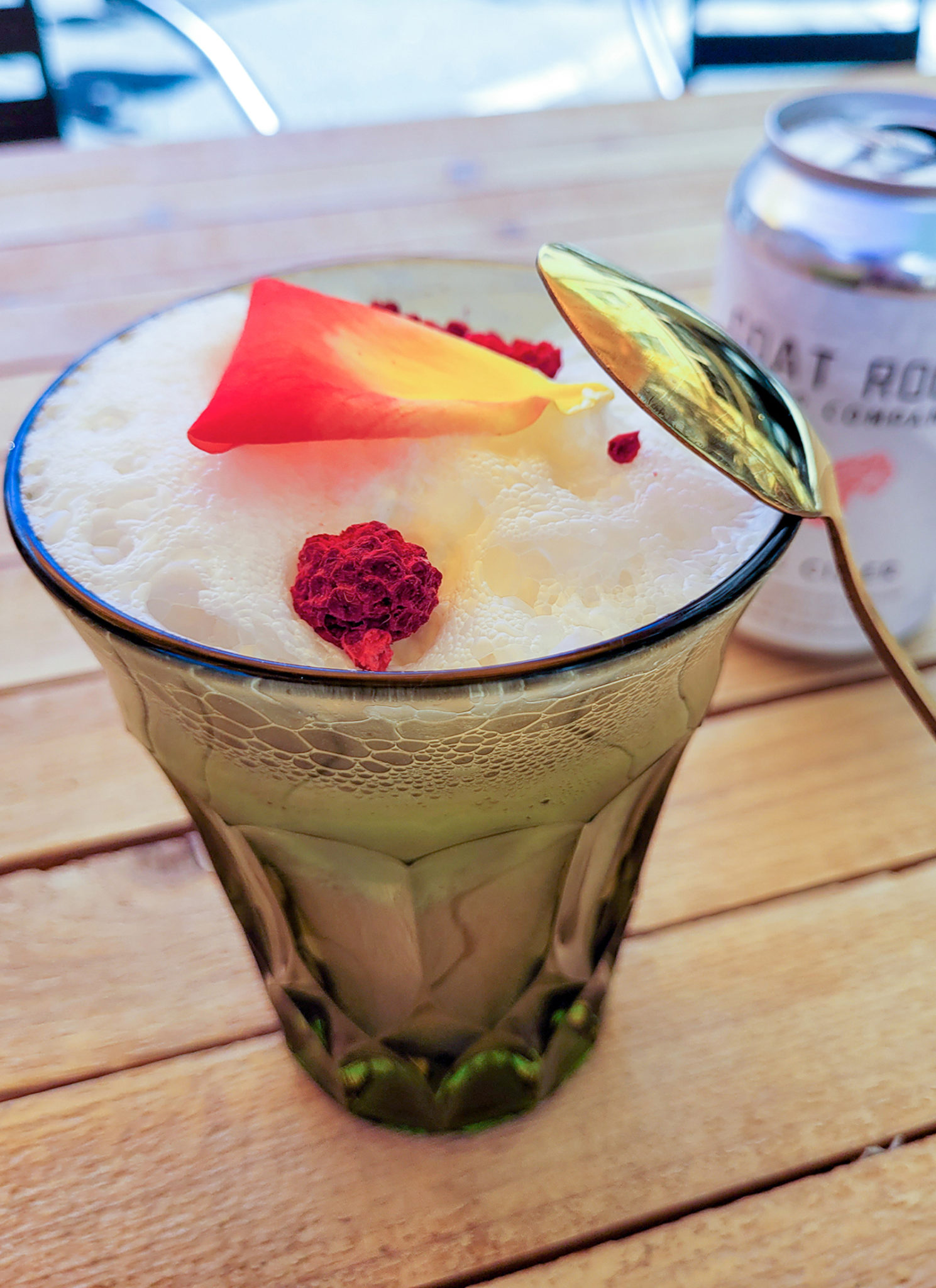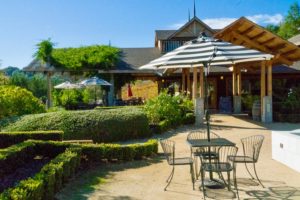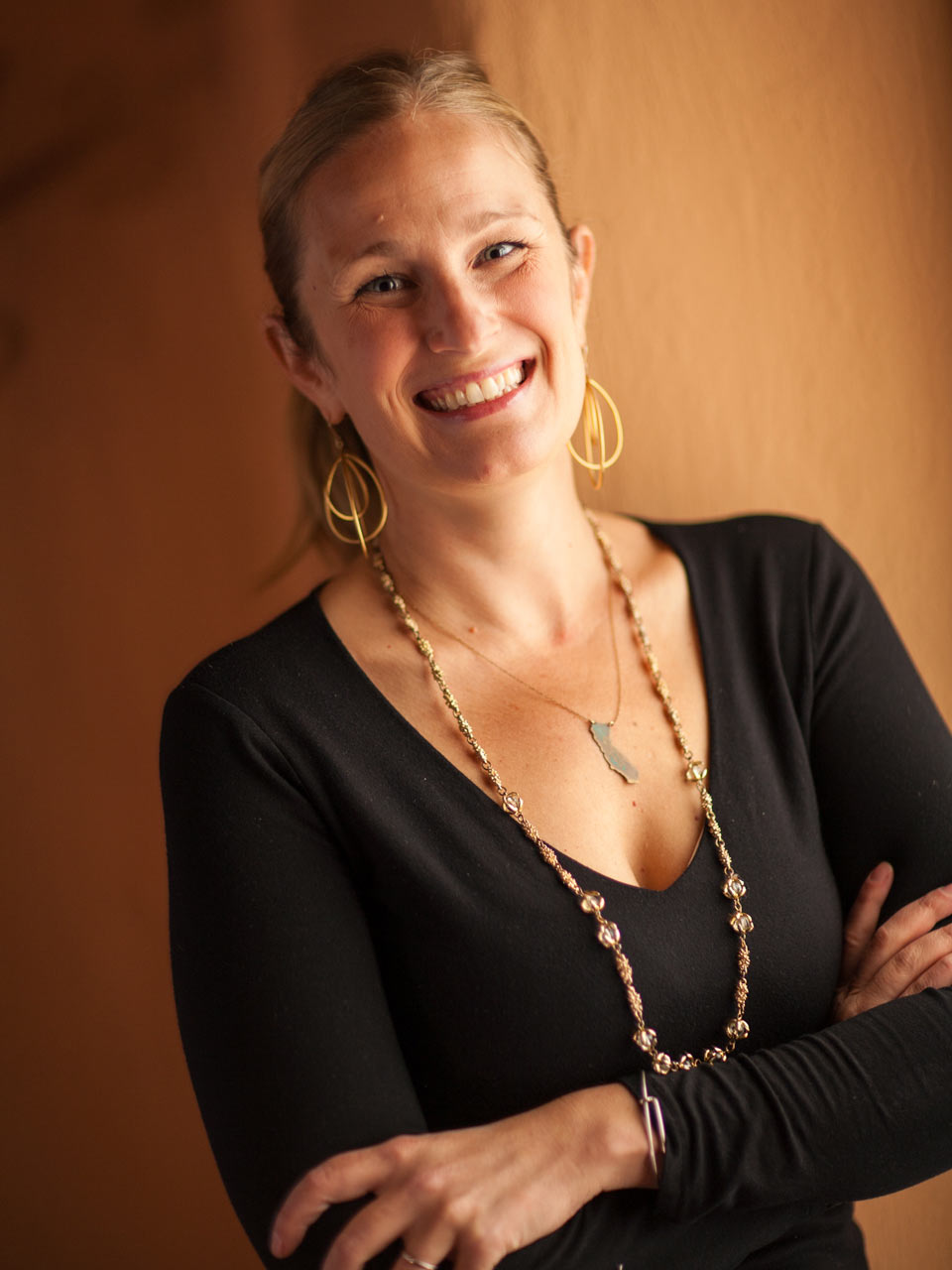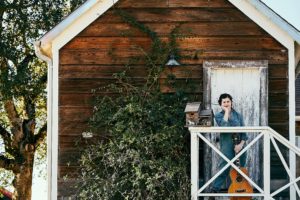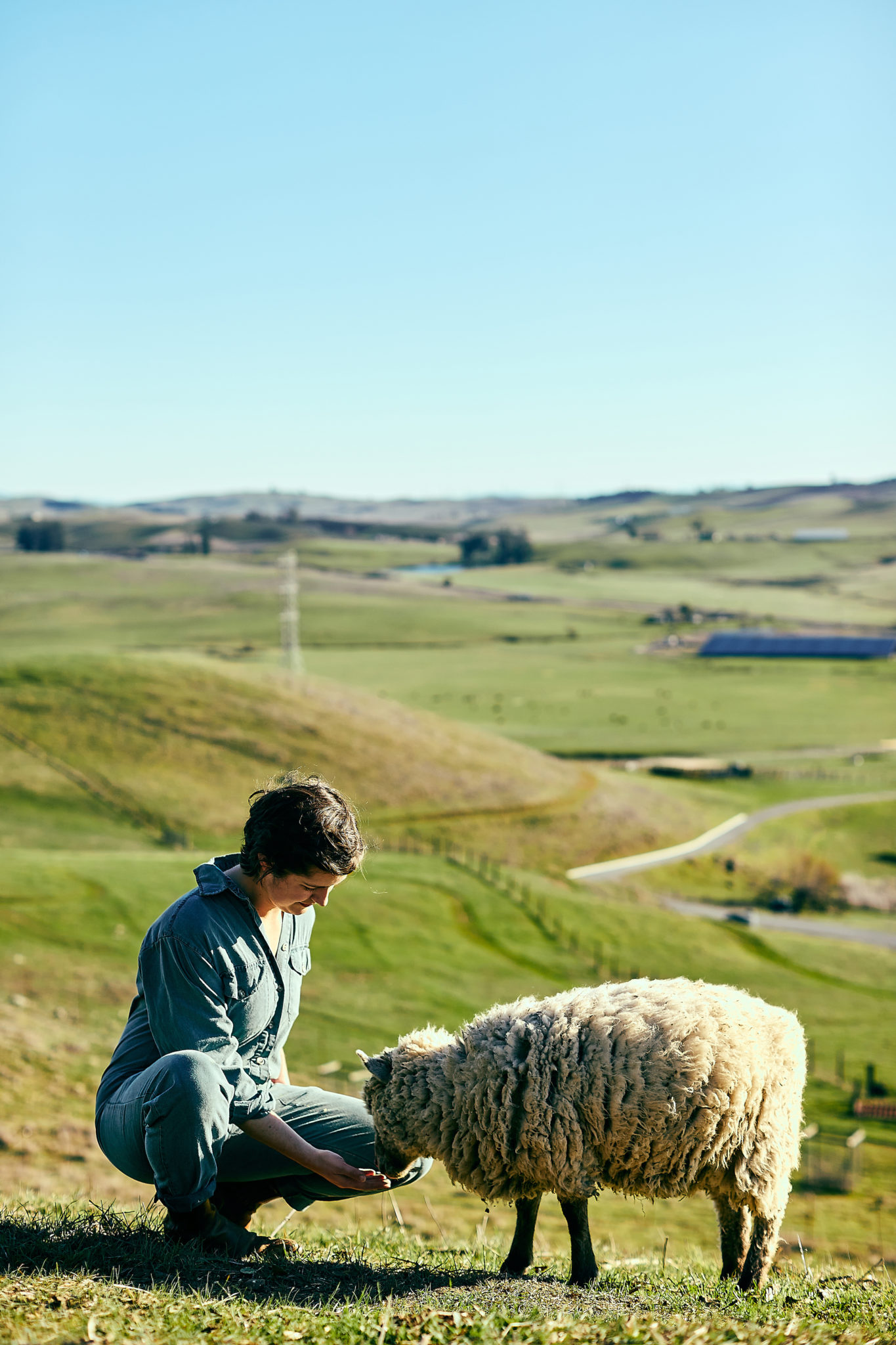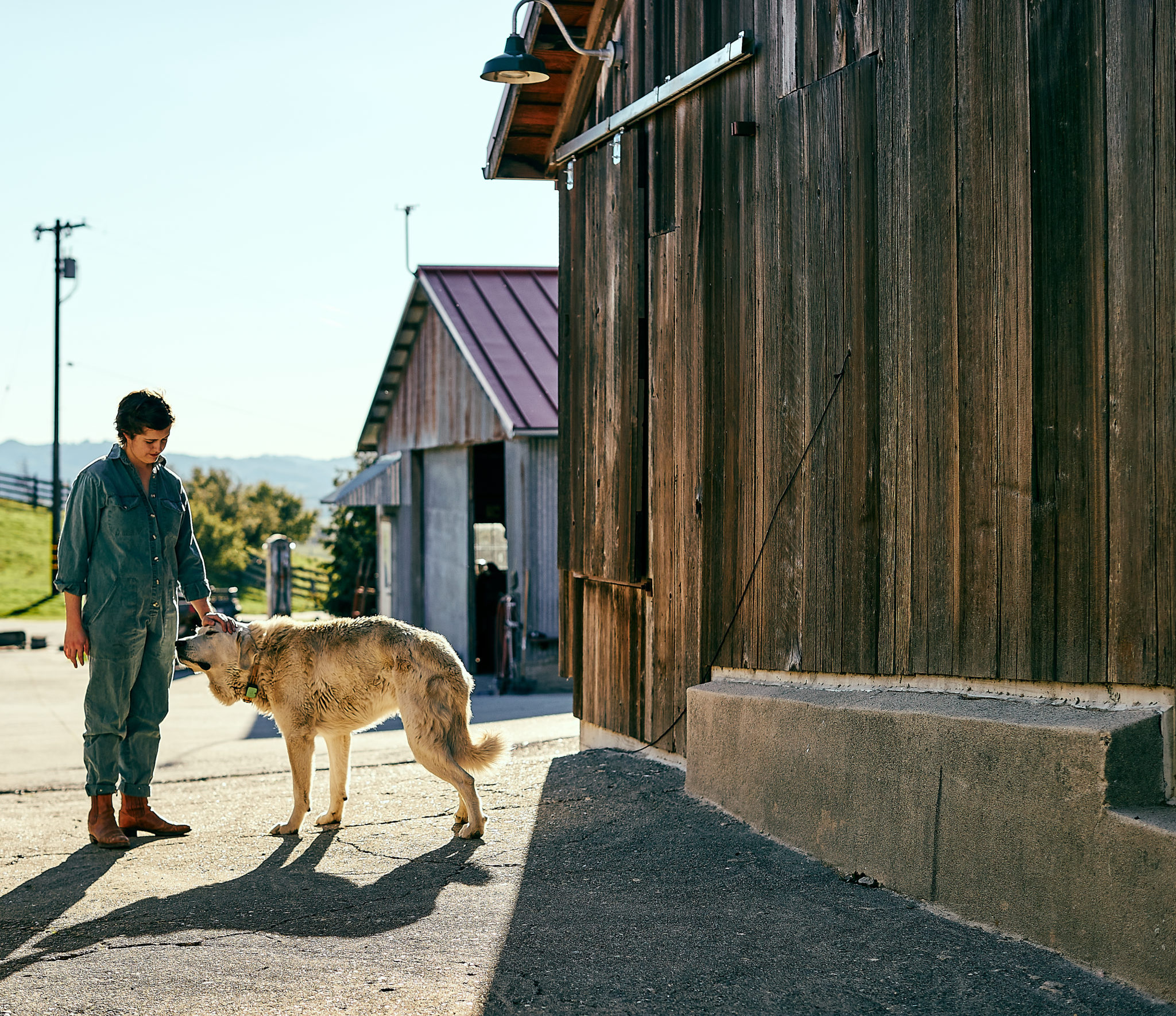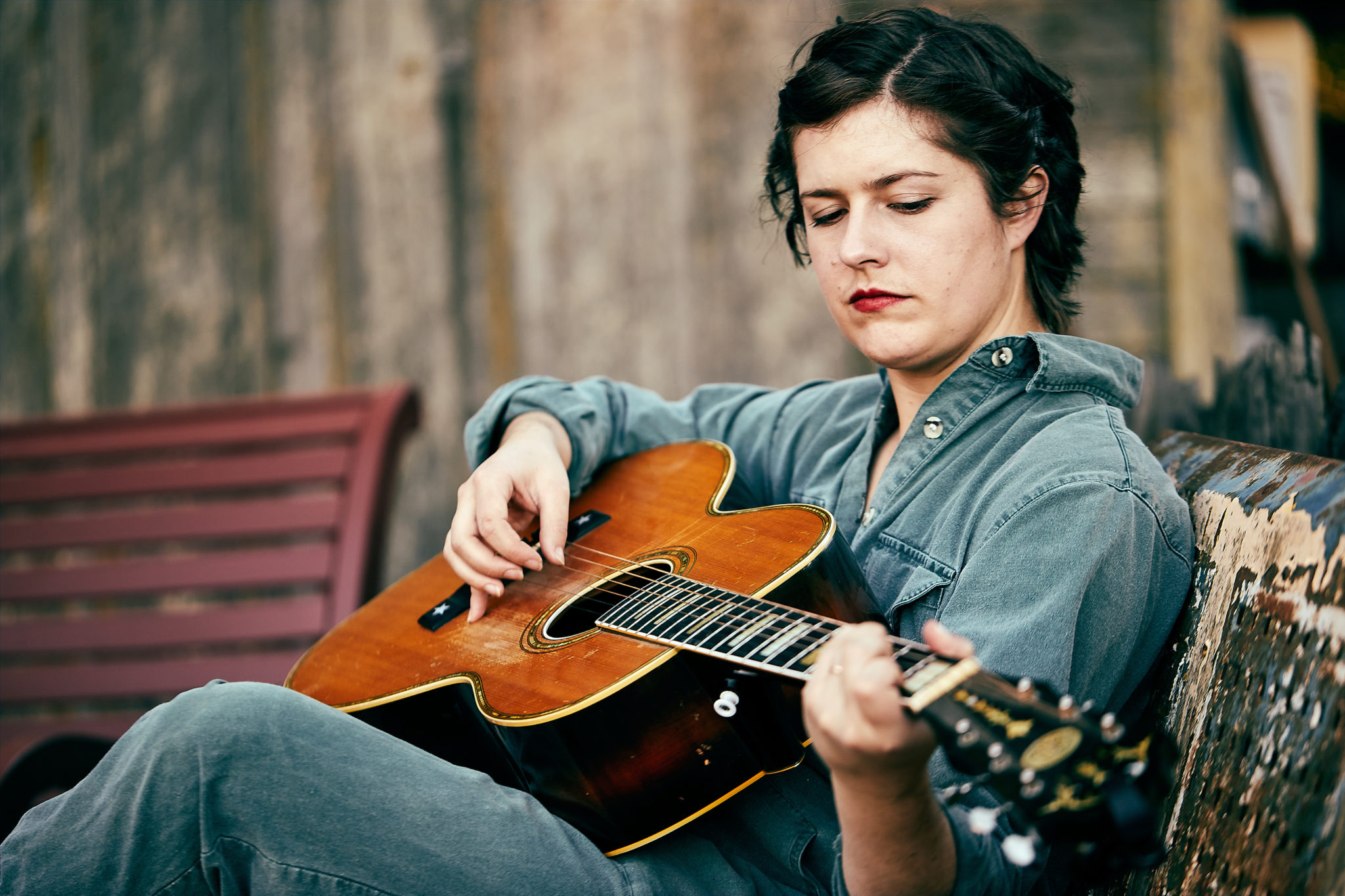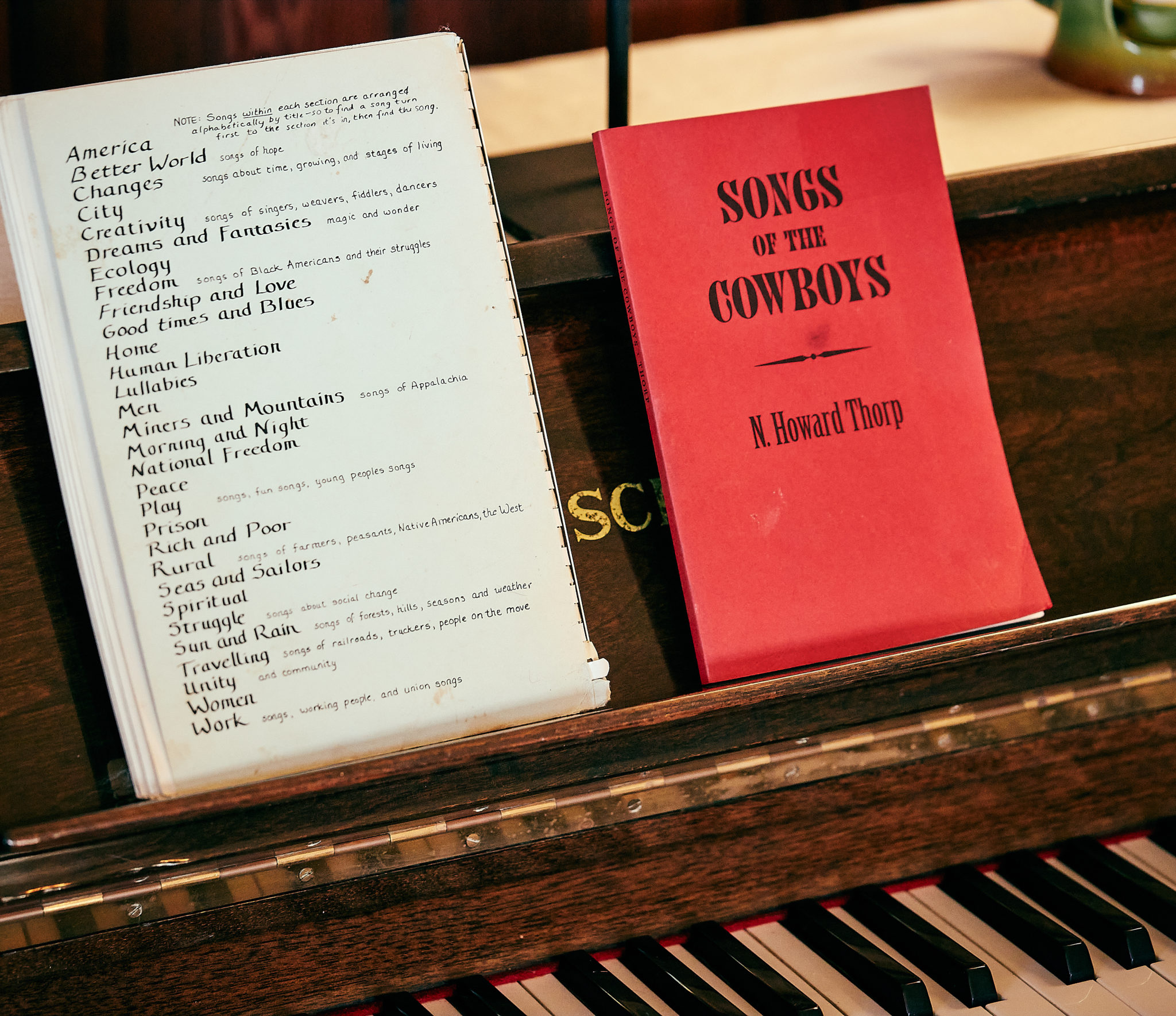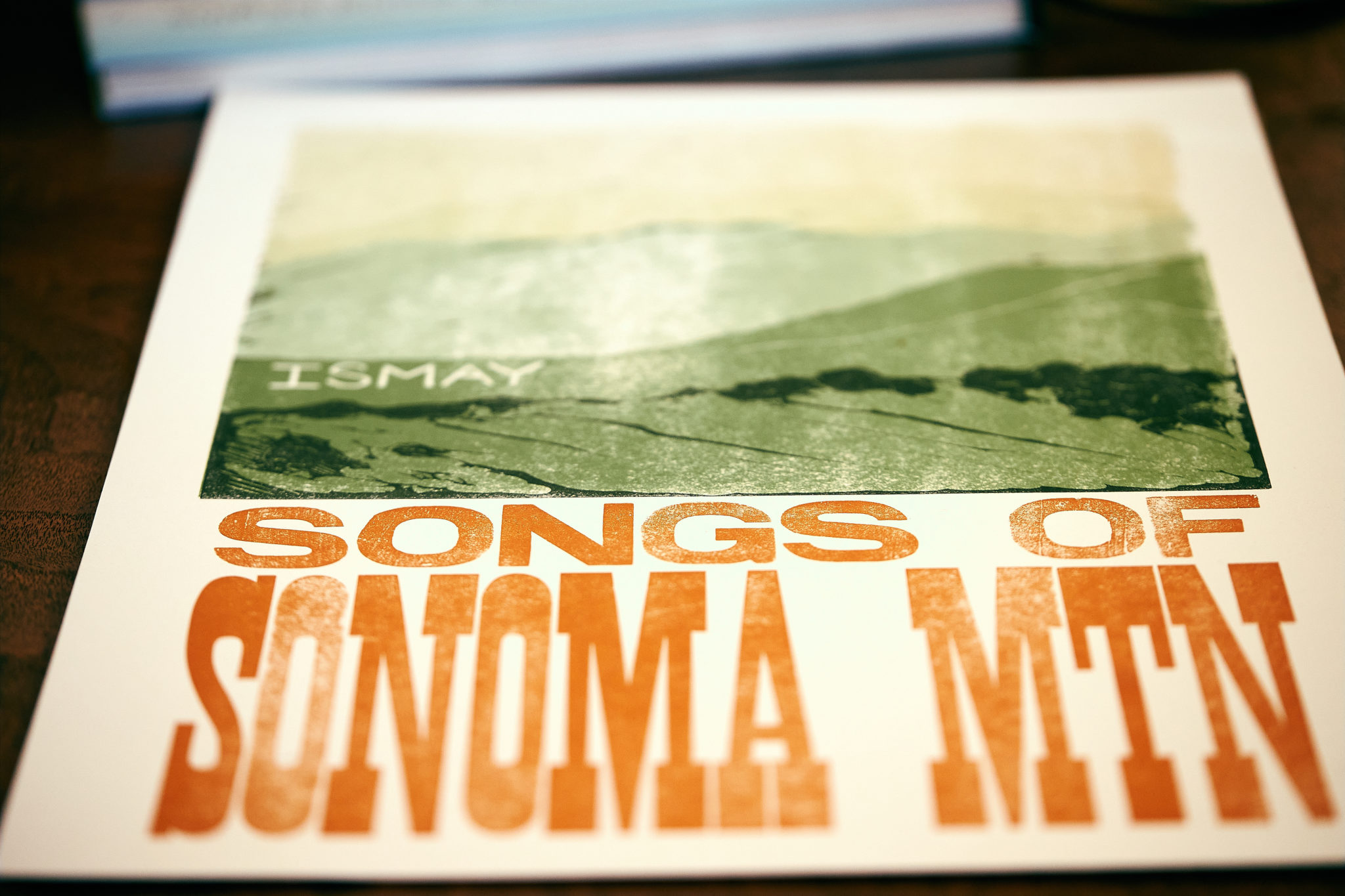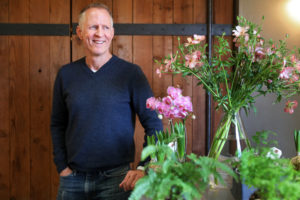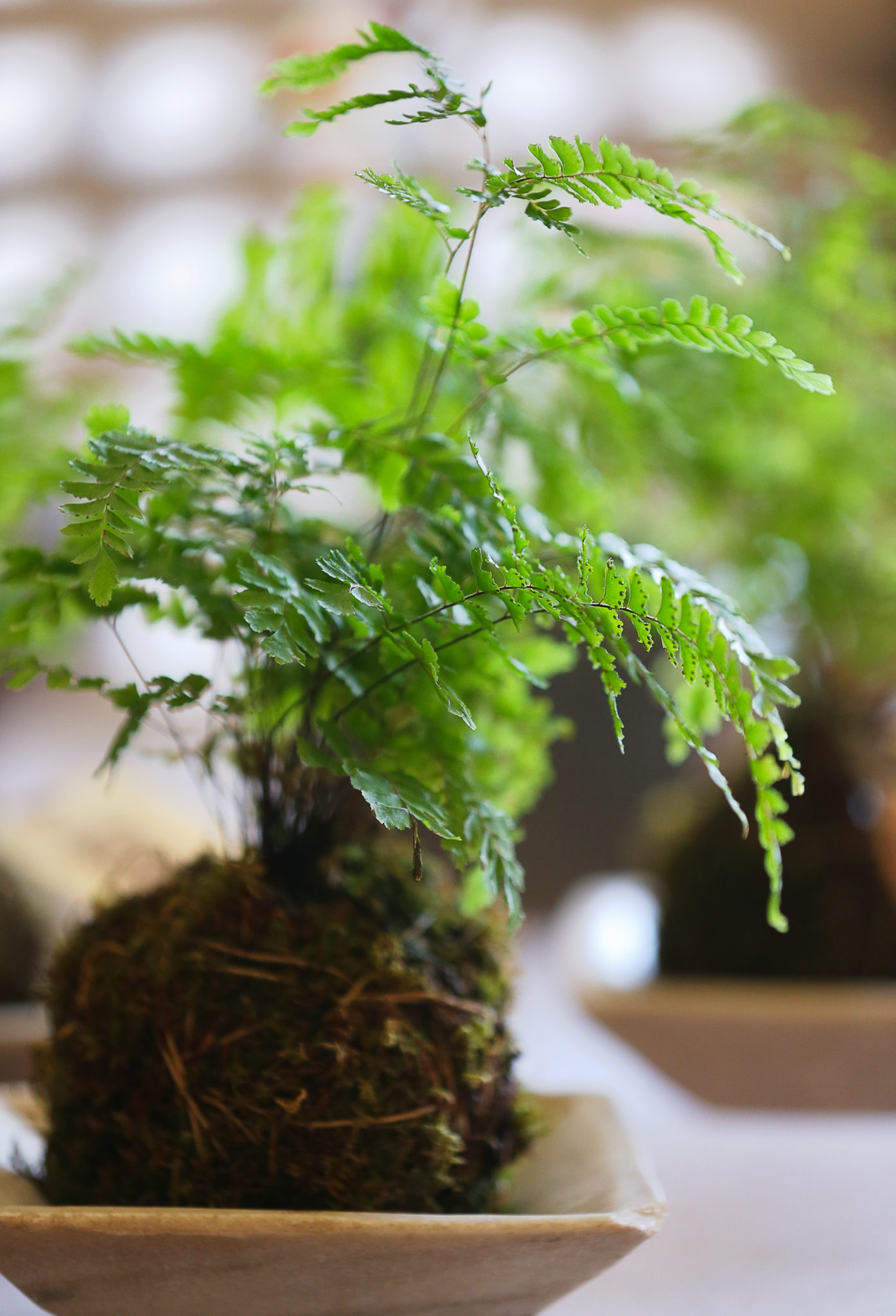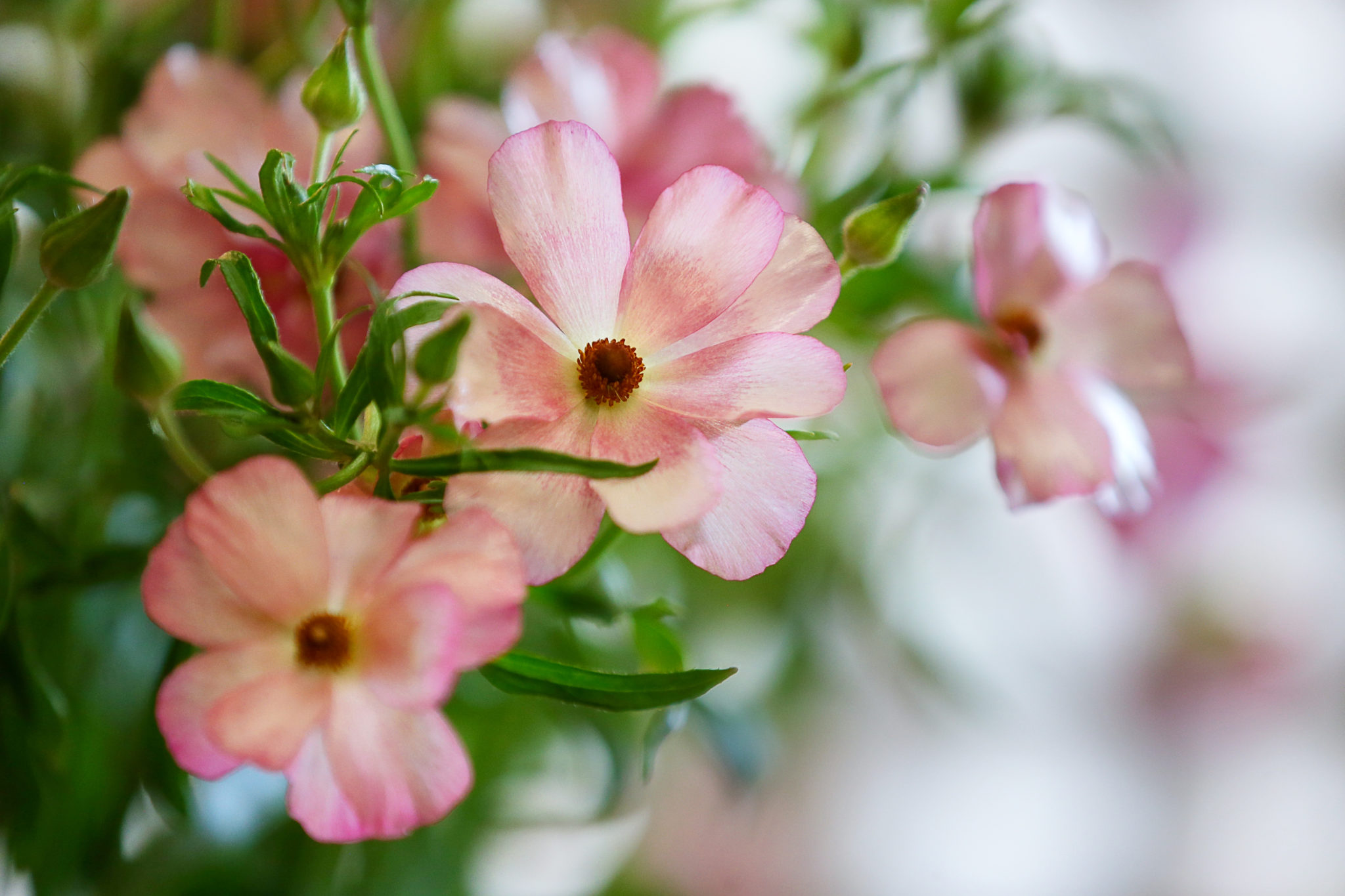Seeing mom in person this year — not to mention taking her out farther than the front door — is going to be extra special. Restaurants and food purveyors are preparing for what will resemble a sort of grand coming-out party for small family groups after a year of hibernation.
Chances are things will be pretty crowded on Sunday, May 9 (mark you calendar), so be sure to make a reservation or have a backup plan.
Here are some of our favorite ideas for mom.
Barndiva: Prix fixe menu ($95) includes chilled asparagus soup, tuna niçoise tartine, five-spice duck confit hash, crab and mascarpone stuffed crepes, buttermilk honey Génoise cake. 231 Center St., Healdsburg, barndiva.com
Charlie’s at the Windsor Golf Club: Head for brunch on (or at least overlooking) the green at this well-kept-secret spot. 1340 19th Hole Drive, Windsor, 707-838-8802, windsorgolf.com
Cookie Take A Bite: Deluxe Mother’s Day tin includes award-winning Lemon Moon, decadent Triple Chocolate Threat, Zesty Tea Cookie and Decorated Brown Sugar Hearts. Order at cookietakeabite.com.
Depot Hotel: Watermelon carpaccio with feta cheese and mint, beef short rib hash, Dungeness crab cannelloni, chicken vol-au-vent, eggplant lasagna, tiramisu, limoncello cake and sour cream cheesecake. $65 per person. 241 First St., Sonoma, 707-938-2980, depotsonoma.com
Down to Earth Café: Sparkling wine plus three-course prix fixe menu that includes strawberry salad, pickled beet and wild arugula salad, Dungeness crab Louie lettuce cups, pulled Liberty Duck sliders, seared wagyu rib-eye steak, grilled cauliflower steak, king salmon, short ribs, butterscotch pudding or lemon meringue pie. $60 per person. 8204 Old Redwood Hwy, Cotati, 707-753-4925, dtecafe.com
Heirloom Café: Brunch from 10 a.m. to 2 p.m. includes a portobello Benedict, seared salmon, pork schnitzel, ahi tuna poke, strawberry shortcake and bottomless mimosas. 11000 Valley House Drive, Rohnert Park, 707-665-0260, sallytomatoes.com
John Ash and Co.: A la carte menu with French onion soup, Monte Cristo egg rolls, Dungeness crab and mango salad, Bananas Foster challah French toast, vegetable frittata, country-fried New York steak, duck confit hash, fried chicken and lamb chops. 4350 Barnes Road, Santa Rosa, vintnersresort.com
Mateo’s Cocina Latina: Simple, but elegant three-course menu with baby Oregon shrimp taco, choice of roasted chicken salad or smoked salmon with Hollandaise and pan perdu with cinnamon walnut bread for dessert. $38 per person, 214 Healdsburg Ave., Healdsburg, 707-433-1520, mateoscocinalatina.com
McNear’s: A la carte brunch with classic Benedicts, fried chicken and biscuits and omelets. 23 Petaluma Blvd. N., Petaluma, 707-765-2121, mcnears.com
Notre Vue Estate and Valette: Mother’s Day brunch and wine pairing at the winery, with views of vineyards and the lake. The menu includes an Organic Salad with Spiced Sunflower Seeds and Yuzu Vinaigrette with the 2019 Notre Vue Sparkling Rosé of GSM; Olive Oil Poached Ora King Salmon with Toasted Farro, Pickled Onion and Whole Grain Mustard Vinaigrette with the 2019 Notre Vue Chardonnay and It’s Not A Snickers Bar Cocoa Nib Tuile with Peanut Powder Sea Salt-infused Caramel with the 2019 Balverne Pinot Noir, $75 per person. Reserve at 707-433-4050 or info@notrevueestate.com. 11010 Estate Lane.
Penngrove Market: Order dinner to go so Mom can take a break. Roast beef, whipped potatoes, herb focaccia and beet salad with triple chocolate cake. 10070 Main St., Penngrove, 707-753-4974, penngrovemarket.com
Rocker Oysterfeller’s: Farm-to-table soul food in lovely Valley Ford. No reservations, brunch specials from 10 a.m. until sold out. 14415 Hwy 1, Valley Ford, rockeroysterfellers.com
Seared: A la carte brunch items such as chicken and waffles with hot sauce, Dungeness crab Benedict, short rib hash, polenta with spring vegetables and mom-friendly cocktails like the Strawberry Frosé, Ramos Fizz or smoked Bloody Mary. 170 Petaluma Blvd. N., Petaluma, 707-762-5997, petalumaseared.com Is this a special Mother’s Day menu? Chicken and waffles, crab Benedict others aren’t on their online menu.
Spoonbar: Bottomless Bellinis and mimosas ($25) and an a la carte menu with yellowfin tuna sashimi, Kobe smash burger, herb roasted scallops, pan perdu (French toast) and surf and turf with New York strip steak and Maine lobster. 219 Healdsburg Ave., Healdsburg, 707-433-7222, spoonbar.com
Tips Roadside: Bottomless brunch is $55 per person and includes garden salad and yogurt parfait, smoked ham, fried chicken, shrimp and grits, scrambled eggs, biscuits, bacon, potato salad and beignets with Meyer lemon sauce. 8445 Sonoma Hwy, Kenwood, 707-509-0078, tipsroadside.com


